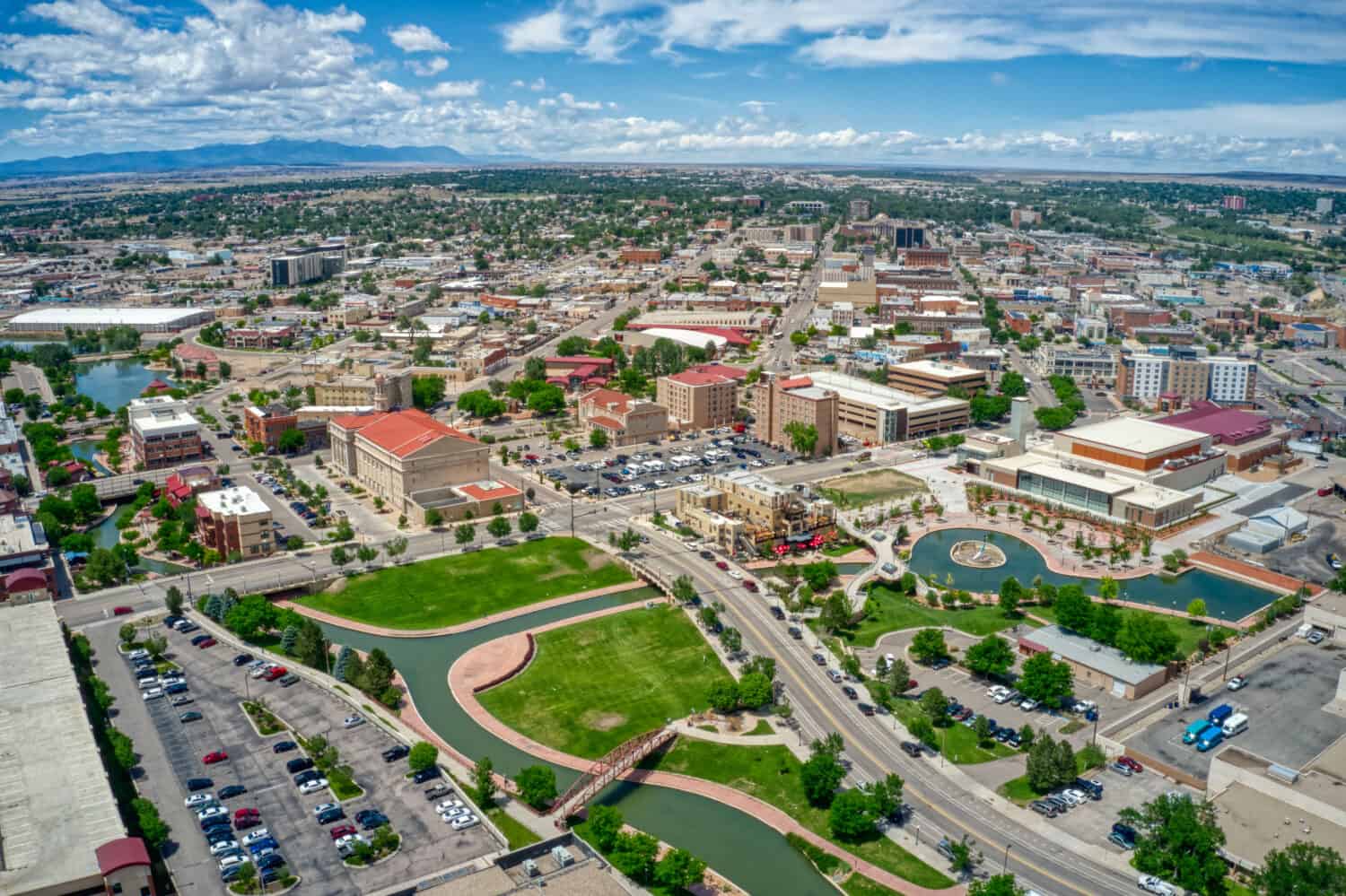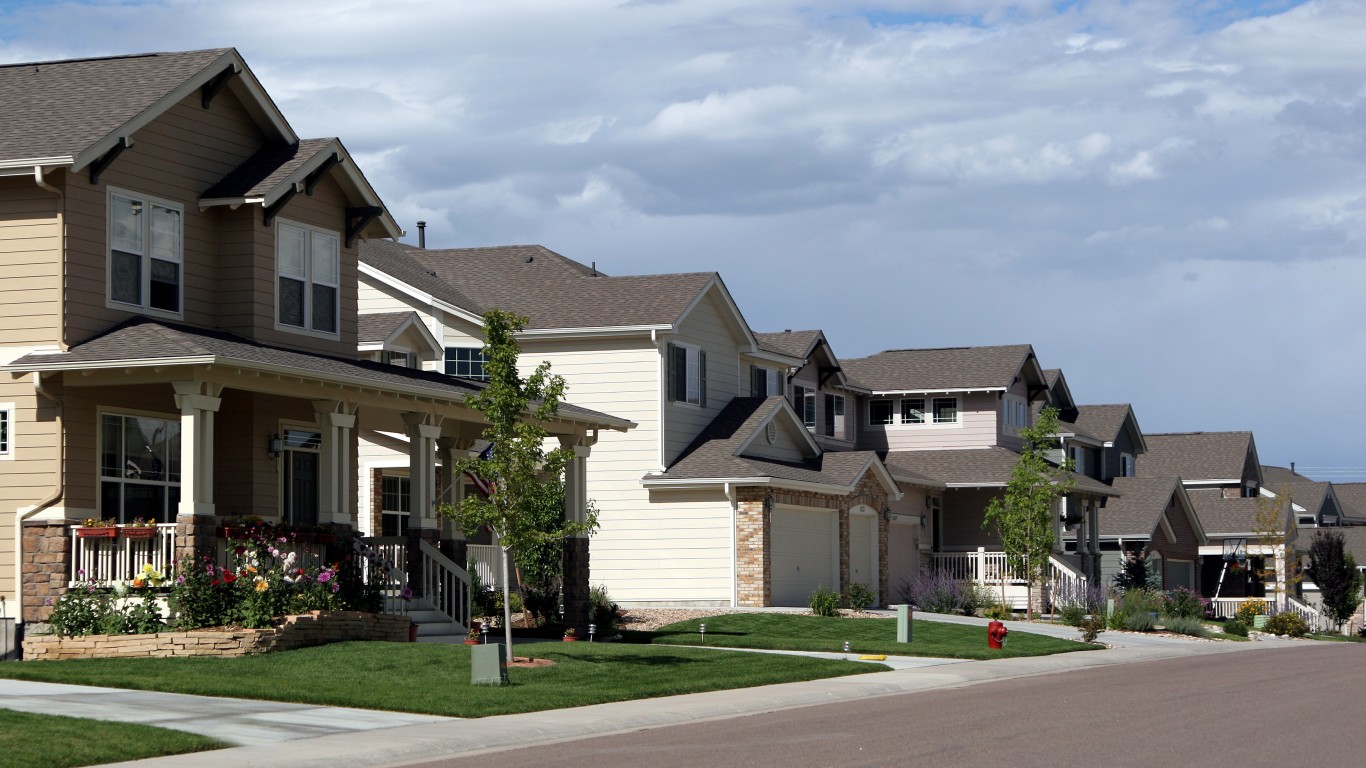
24/7 Wall St. Insights
- Since the start of the COVID-19 pandemic, supply and demand dynamics have sent home prices surging by nearly 38%.
- Coupled with historically high mortgage rates, rising home prices have made homeownership prohibitively expensive for large segments of the population.
- Still, when accounting for income, some cities in Colorado are far more affordable for prospective home buyers than others.
- Also: Discover the next Nvidia
The United States is facing a housing affordability crisis. While overall inflation has cooled to 2.5% from a multi-decade high of 9.1% in June 2022 — at 5.4% as recently as August 2024, the Consumer Price Index for housing remains stubbornly high. And in much of the country, home prices are well above what millions of Americans can afford.
According to data from Realtor.com, the median list price for a single-family home in the U.S. was $437,450 in July 2024 — up about $118,500 from the start of the pandemic. In addition to the surge in list prices, most homebuyers are further burdened by historically high borrowing costs. For the first time since 2008, the average interest rate on a 30-year fixed mortgage exceeded 6% in September 2022, and it has remained above that threshold for the last two years. (Here is a look at the 23 cities where most homes are selling for less than $125,000.)
Even though the cost of homeownership has soared in recent years, the question of affordability also hinges on earnings and wealth. Multiple recent studies have found that it would take an annual income of over $100,000 to comfortably afford a typical home in the United States — and most American workers are making less than half that amount. As of May 2023, the median annual wage across all occupations in the U.S. was just $48,060, according to the Bureau of Labor Statistics.
Based on these numbers, the typical American home now costs about 9.1 times more than a typical worker’s annual earnings. Still, because both incomes and home prices vary across the country, housing affordability does too. In Colorado, for example, housing is generally less affordable than it is nationwide. The typical home in Colorado is listed for $624,950, about 11.6 times more than the state’s median annual wage of $54,050.
Even within Colorado, housing affordability varies considerably by market. Of the seven metropolitan areas in the state with available data from both Realtor.com and the BLS, median home prices are anywhere from about 8.1 to 13.5 times higher than the median annual wage. (These are 10 things to consider before buying a home for retirement.)
Accounting for both incomes and home prices, these are the most (and least) affordable housing markets in Colorado, ranked. Supplemental data on median home size and year-over-year price changes are also from Realtor.com.
Why It Matters

Fueled by supply shortages and rising demand, home prices have surged since the start of the pandemic. More recently, the financial burden of higher home prices has been exacerbated by historically high mortgage rates, pricing millions of Americans out of the market. Still, housing affordability is contingent upon income, and some major markets in Colorado are far more affordable for prospective buyers than others.
7. Pueblo, CO
- Income to home price ratio: 8.1 to 1
- Median home list price in July 2024: $376,500 (39.8% lower than median home price in Colorado)
- Median annual wage across all occupations: $46,540 (13.9% lower than median wage in Colorado)
- Median size of a listed home in July 2024: 2,108 square feet (2.0% smaller than a typical home in Colorado)
- 1-year change in median home list price: -0.9%
6. Colorado Springs, CO
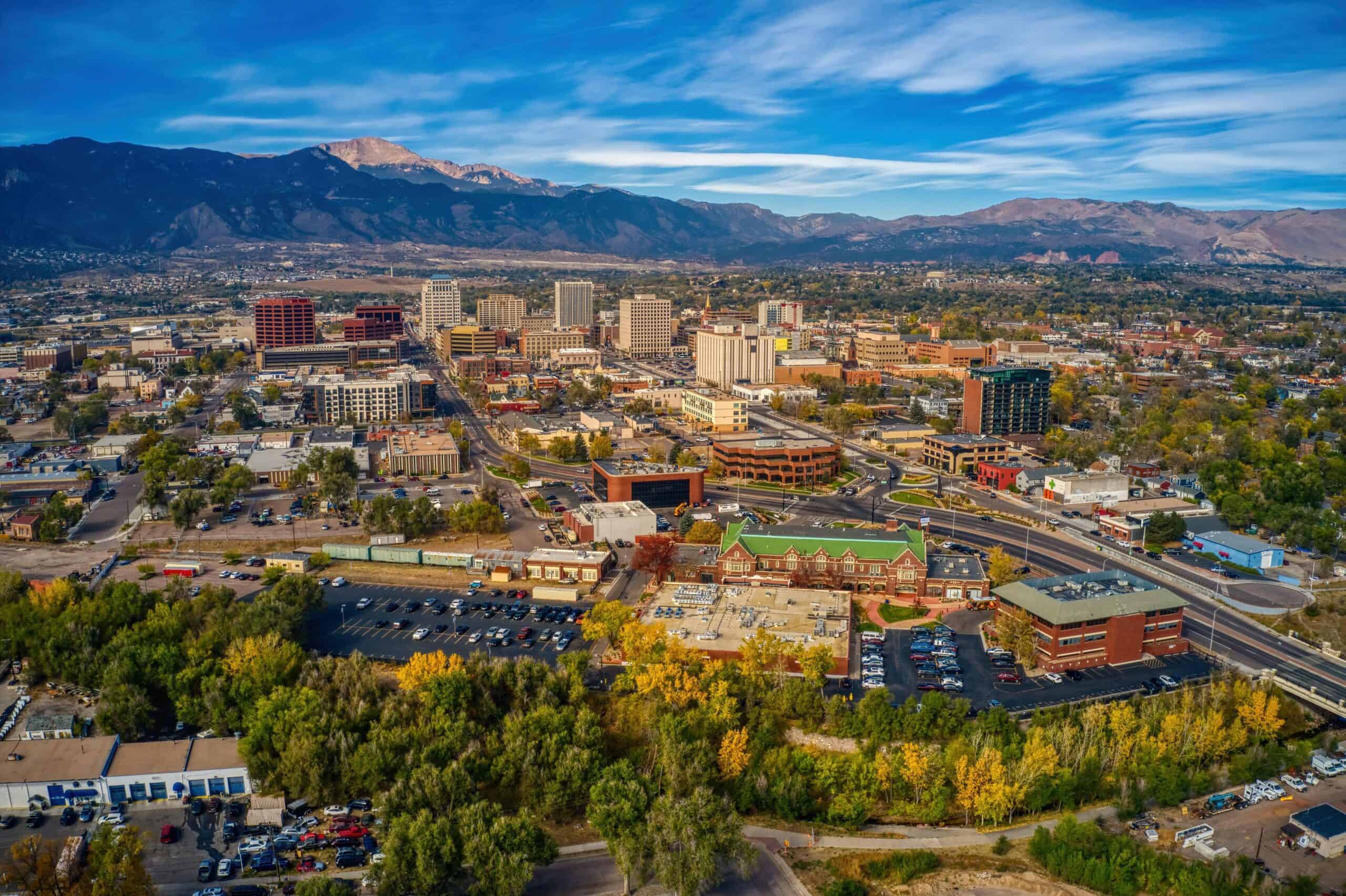
- Income to home price ratio: 10.5 to 1
- Median home list price in July 2024: $519,900 (16.8% lower than median home price in Colorado)
- Median annual wage across all occupations: $49,310 (8.8% lower than median wage in Colorado)
- Median size of a listed home in July 2024: 2,343 square feet (9.0% larger than a typical home in Colorado)
- 1-year change in median home list price: -4.6%
5. Denver-Aurora-Lakewood, CO
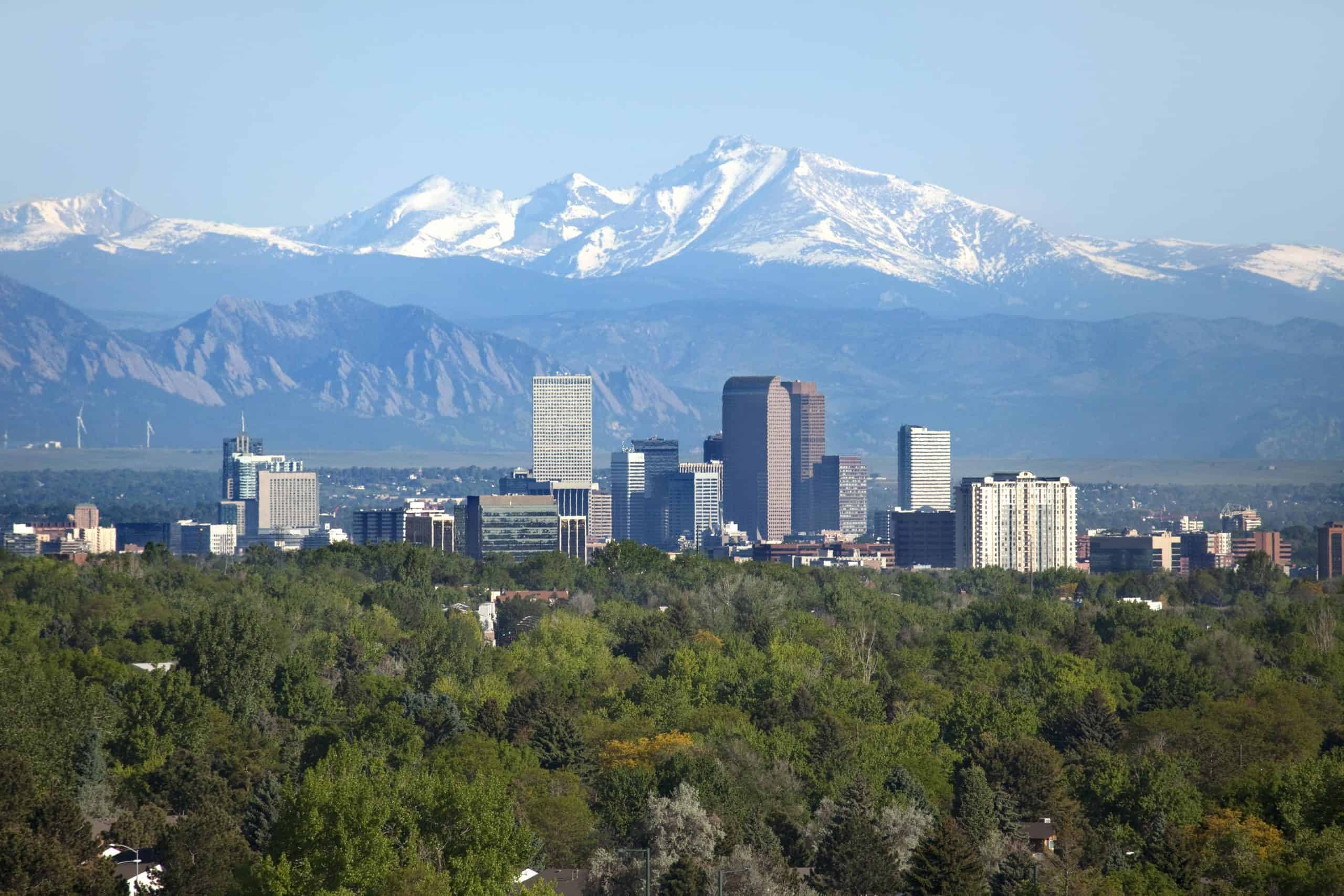
- Income to home price ratio: 10.7 to 1
- Median home list price in July 2024: $627,450 (0.4% higher than median home price in Colorado)
- Median annual wage across all occupations: $58,490 (8.2% higher than median wage in Colorado)
- Median size of a listed home in July 2024: 2,200 square feet (2.3% larger than a typical home in Colorado)
- 1-year change in median home list price: -7.0%
4. Greeley, CO
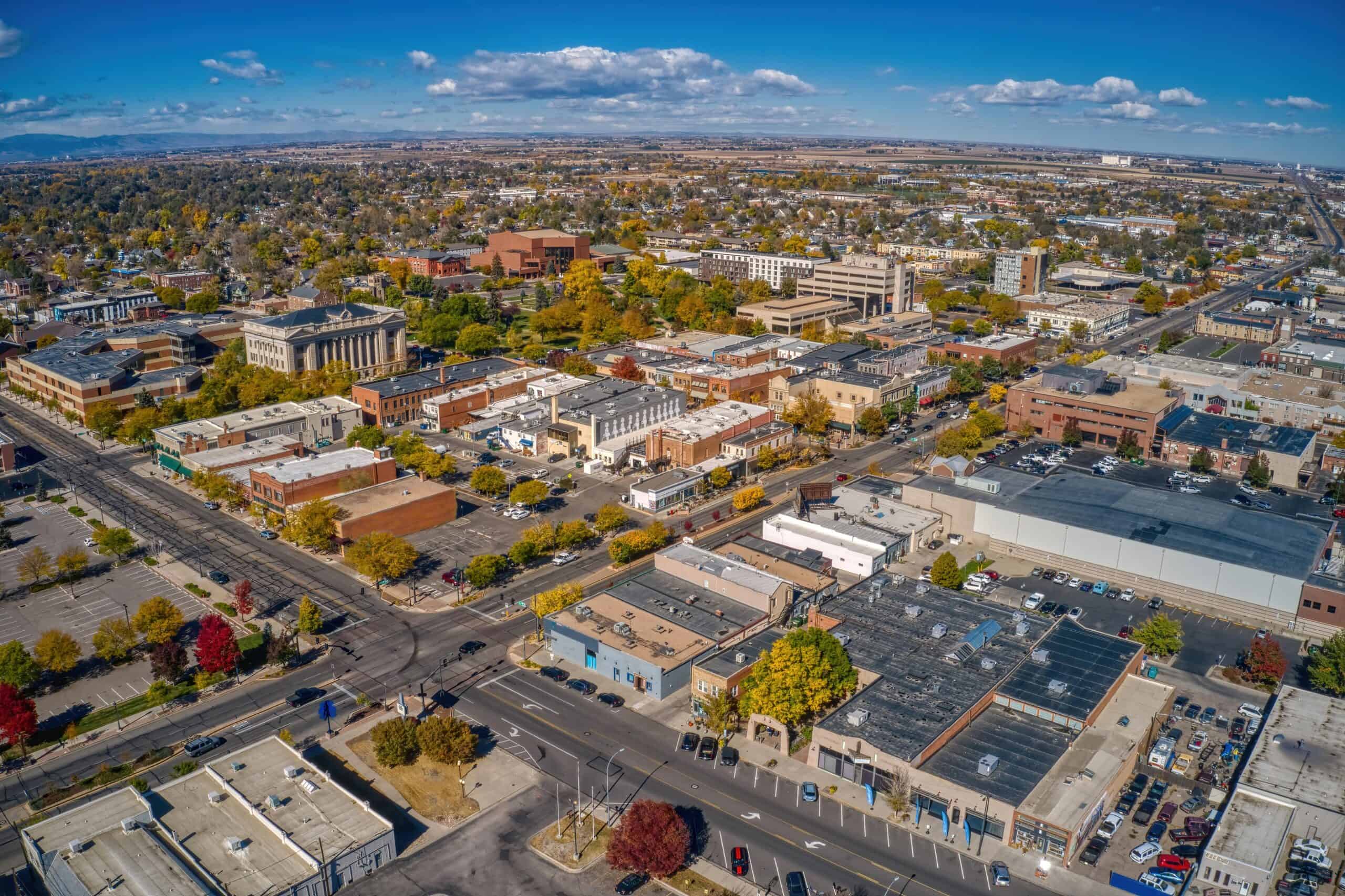
- Income to home price ratio: 10.9 to 1
- Median home list price in July 2024: $546,675 (12.5% lower than median home price in Colorado)
- Median annual wage across all occupations: $50,140 (7.2% lower than median wage in Colorado)
- Median size of a listed home in July 2024: 2,584 square feet (20.2% larger than a typical home in Colorado)
- 1-year change in median home list price: +1.2%
3. Grand Junction, CO

- Income to home price ratio: 11.3 to 1
- Median home list price in July 2024: $519,725 (16.8% lower than median home price in Colorado)
- Median annual wage across all occupations: $45,900 (15.1% lower than median wage in Colorado)
- Median size of a listed home in July 2024: 1,823 square feet (15.2% smaller than a typical home in Colorado)
- 1-year change in median home list price: -1.8%
2. Fort Collins, CO
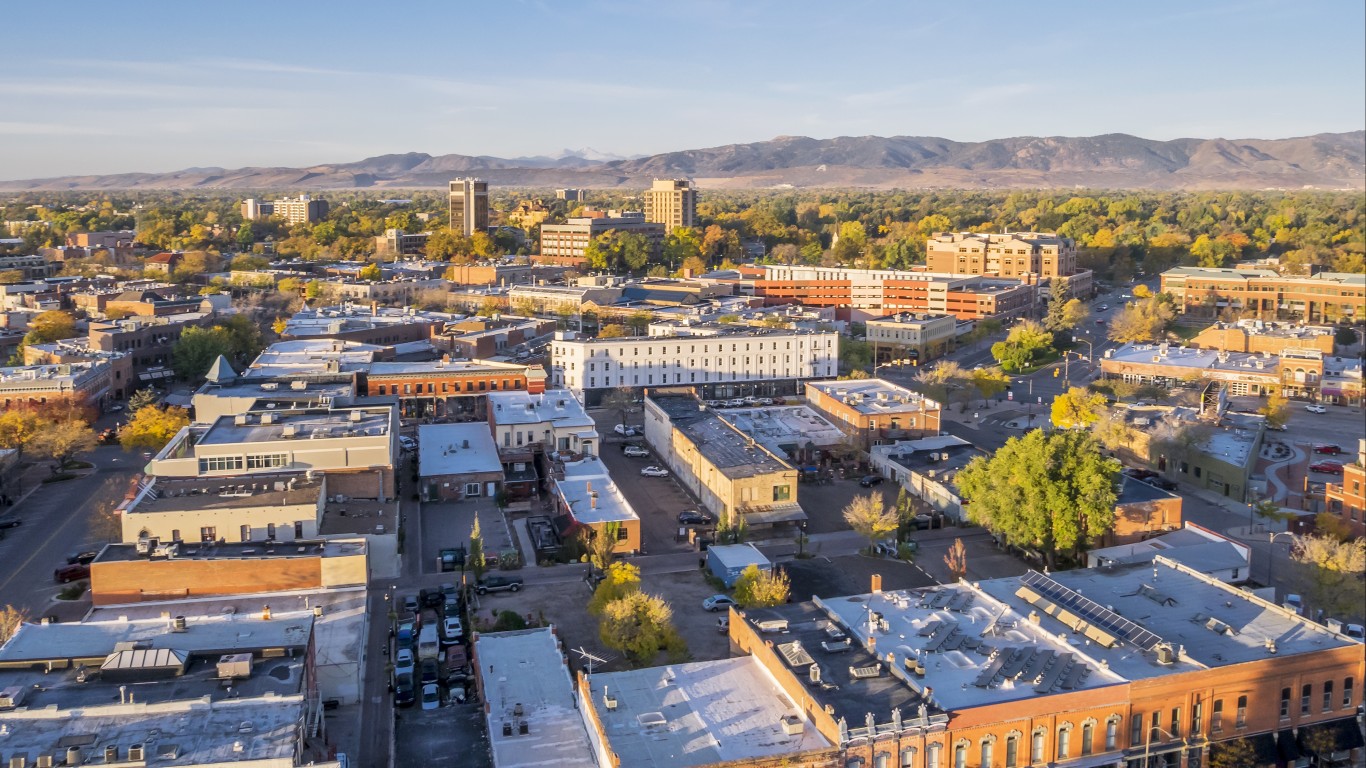
- Income to home price ratio: 12.3 to 1
- Median home list price in July 2024: $625,000 (in line with median home price in Colorado)
- Median annual wage across all occupations: $50,820 (6.0% lower than median wage in Colorado)
- Median size of a listed home in July 2024: 2,510 square feet (16.7% larger than a typical home in Colorado)
- 1-year change in median home list price: -2.3%
1. Boulder, CO
- Income to home price ratio: 13.5 to 1
- Median home list price in July 2024: $876,125 (40.2% higher than median home price in Colorado)
- Median annual wage across all occupations: $64,750 (19.8% higher than median wage in Colorado)
- Median size of a listed home in July 2024: 2,414 square feet (12.3% larger than a typical home in Colorado)
- 1-year change in median home list price: -3.7%
Are You Ahead, or Behind on Retirement? (sponsor)
If you’re one of the over 4 Million Americans set to retire this year, you may want to pay attention.
Finding a financial advisor who puts your interest first can be the difference between a rich retirement and barely getting by, and today it’s easier than ever. SmartAsset’s free tool matches you with up to three fiduciary financial advisors that serve your area in minutes. Each advisor has been carefully vetted, and must act in your best interests. Start your search now.
Don’t waste another minute; get started right here and help your retirement dreams become a retirement reality.
Thank you for reading! Have some feedback for us?
Contact the 24/7 Wall St. editorial team.
